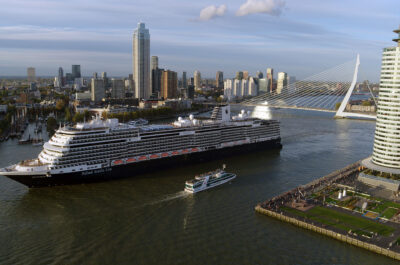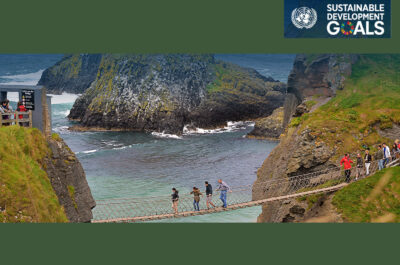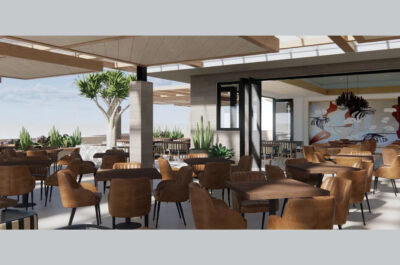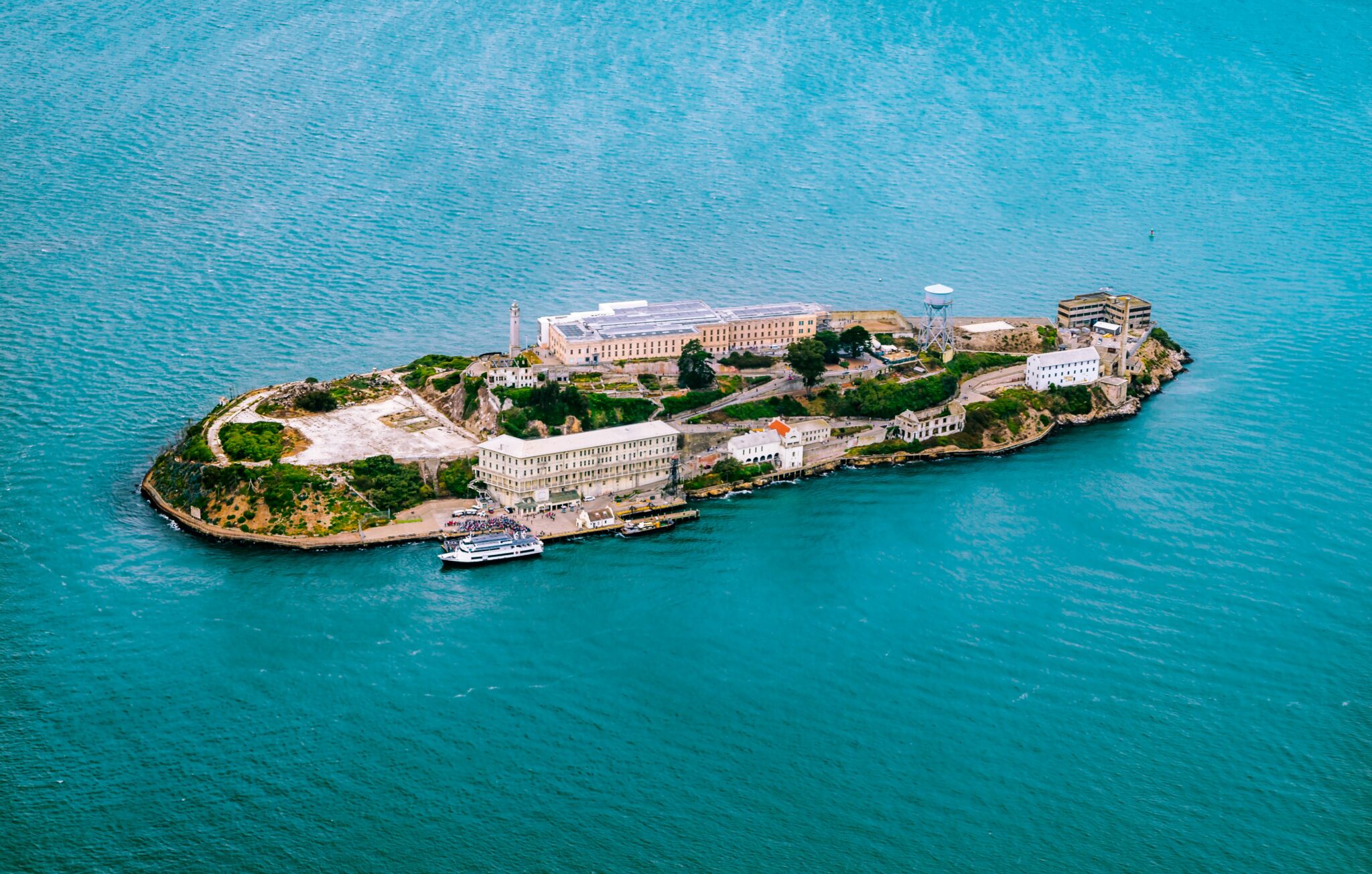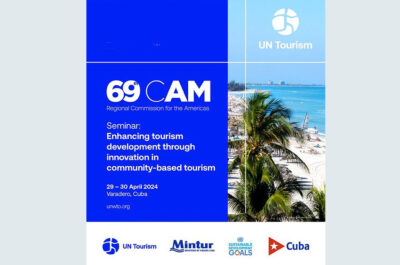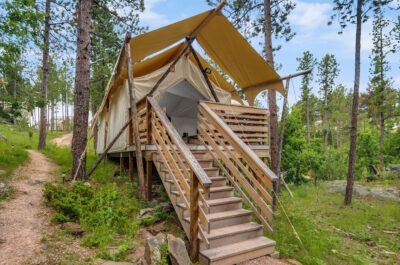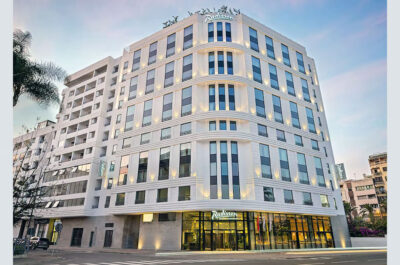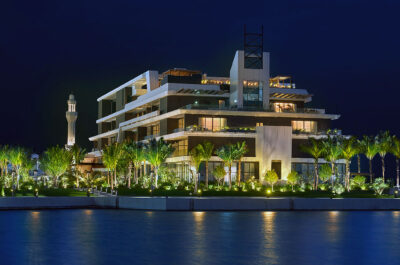“Dark tourism” is, perhaps, a flawed term for a type of tourism that is essentially centered around education.
If you’re still new to the term “dark tourism,” take note—around 82 percent of people surveyed have visited at least one such destination in their lifetime. Many may not have known that this is a distinct, increasingly popular category of travel. Dark tourism essentially involves visiting a place where some of the darkest events of human history have taken place. If you’re stuck for ideas, think the Tower of London (which is home to one of the world’s most famous torture museums), the 9/11 Memorial Museum in NY, or Alcatraz. Dark tourism is a safe way to get close to a fate you hope to never live in your own skin. It is also a fast-growing tourism category that history lovers can’t seem to get enough of.
The rise of dark tourism study
A recent study featuring almost 1000 travelers was undertaken by Passport Photo Online. The study showed that despite the fact that a high percentage of tourists have already savored danger up close, around 63 percent of the persons who haven’t given dark tourism a go are interested in doing so. The top motivations for traveling to places of past suffering include education (52 percent) and a wish to pay tribute to those who have suffered in these places of grief (47 percent). A penchant for the macabre does not seem to be a strong motivator. In fact, the vast majority of travelers frown upon fellow tourists who photograph themselves in gruesome sites.
Dark tourism and Geopolitics
Dark tourism has become a powerful means through which those who are fascinated by reading geopolitical books can discover more about their passion. By not only visiting sites but also talking to locals, they can glean information on how factors such as geography, economics, demographics, and culture have shaped the politics of a state. Today, the trends that contribute to geopolitics are more varied than they were a decade or two ago. In addition to trade wars, domestic disputes, and land wars, social media is a powerful force that is shaping geopolitical themes.
Trending spots
The most popular dark tourism destinations include the Pearl Harbor National Memorial, Ground Zero, and the Catacombs of Paris. Other trending spots across the globe include Phnom Penh, Cambodia (home to the killing fields of Choeung Ek), Eyjafjallajökull, Iceland (where a volcanic eruption unleashed its dreaded clouds of ash for over two weeks, costing the European economy around $5 billion), and Hiroshima in Japan (where the Hiroshima Peace Memorial Park stands proud). Dark tourism also has a number of defined categories that can aid tourists at the planning stage. These include war or battlefield museums; and disaster, cemetery, ghost, nuclear, holocaust, and prison/persecution tourism.
“Dark tourism” is, perhaps, a flawed term for a type of tourism that is essentially centered around education. Many dark tourists are keen historians or individuals who wish to pay homage to those who have suffered violent fates. Ghost tourism continues to fascinate, though in this case the motivation differs. This category evidences the wish that this is not the end—for if it is, then all the horrific deaths that play a role in death tourism, will have signified very little for victims.




